When Stephen Gethins wrote his 2021 book Nation to Nation: Scotland’s Place in the World, he highlighted Scottish links across Flanders in what is now part of Belgium and the Netherlands.
During his time in Antwerp as an Erasmus student in the 1990s, he stumbled across Saint Andries Kirk (St Andrews Church) in the Saint Andries district of the city.
Inside the beautiful gothic church is the tomb of sisters Elizabeth Curle and Barbara Mowbray Curle who had been with Mary Queen of Scots until the end before fleeing to Flanders.
Scotland’s role in European history
There is a small portrait of the Queen and underneath the words: ‘Mary, Queen of Scotland and France, mother of King James of Great Britain’.
When considering Scotland’s history as a European country, the former North East Fife SNP MP, who is now professor of practice in international relations at the University of St Andrews, said it was important to consider the history of these islands, including Scotland, as part of a broader European story.
While Scotland’s history is intertwined with the rest of Europe, however, for most people, the real connections lay in economics.
Scottish privileges in Veere
One such town where these links are still widely celebrated is the Dutch town of Veere in Zeeland.
The town’s museum is in the Schotse Huizen, ‘the Scottish houses’, and there is even a local nursery called Schotse Schelm or Scottish rascals.
The Scots enjoyed special privileges in the town and kept meticulous records over the centuries.
To this day there is a title of ‘Honorary Conservator of the Scottish Privileges’: a title that was held by former SNP MEP Winnie Ewing, who took huge pride in the role.
The post was originally created in 1407 by the Duke of Burgundy to protect the rights of Scottish traders.
Later the title was held by the British Consul in Rotterdam after the Scottish community started leaving during the French revolutionary wars.
While the depth of trade and size of the Scottish population over the centuries is well documented, Stephen has revealed that during a recent follow-up visit to Veere, he has further come to understand the full scale of the connections, and in particular the close links to Fife and Tayside.
He went to the local archives in Middelburg and discovered some great stories about individuals from Scotland who lived there.
The Conservator of the Scottish Privileges still exists and they have their own stamp.
Meeting with local archivists
The lead archivist in Zeeland, Peter Blom, who has visited Dundee, was wearing his Veere tartan tie for Stephen’s visit.
He also met a former Dutch naval officer, William Meijer, who is now in charge of the Scottish House, and who had sailed to Dundee when in the navy.
William told The Courier: “Throughout my career, I have visited Scotland on many occasions and for extended periods.
“I started to familiarise myself with the history of Scotland and all aspects of life.
“This background knowledge not only helps me to create the new permanent exhibition in Veere but also allows me to put these centuries of the corporation in a modern perspective, where Scotland is again seeking to keep strong ties with mainland Europe, battling the tide of times.
“The overwhelming history and rich culture, the world of myths and legends, also led me to start writing about Scotland.
“Combining this with becoming the director of the Scottish Museum in the Netherlands is a dream come true.”
Learning more about historic links
Stephen explained that he developed links with Veere when writing his book.
But when he recently went over to meet people in Veere and Middelburg – where the archive is – he learned even more.
The Scots House in Veere sits on the quayside and was the Scottish quay where Scots had the freedom of trade, and the ‘Scottish Nation’ was established, he said.
Stephen learned that a fundraising drive is ongoing to bring attention to the Scots House as the museum marks its 75th anniversary, having been established just after the Second World War.
The town has also been celebrating its liberation by Scottish soldiers from the Nazis on November 7 1944.
Liberation was carried out by the 6th and 7th Cameronians, the 5th Company of the Highland Light Infantry, the 1st Glasgow Highlanders, and men of the Royal Engineers and Royal Artillery.
Commanding the Cameronians was C F Nason, who wrote on seeing Veere: “What a terrible crime it would be to destroy this lovely old town with its historic connections with the wool trade of Scotland.” Fortunately, for all concerned, the city survived the war virtually unharmed.
Discovering more of the history, Stephen learned how the first contract was signed in 1541 between the town of Veere and what they called the Scots Nation or the Scottish Court.
“It was signed because in 1488 the Dutch Navy was established in Veere, not far from Camperdown incidentally, just off the Dutch coast,” he said.
“It became what they called the new back door for the Scots to trade with the Netherlands during a number of the wars with England.”
Connections with Tayside and Fife
Delving into the archives, Stephen read about Andrew Kennedy, who was a burgher of Dundee and of George Hackett, the first conservator, who came from Aberdeen.
Another Aberdonian, Robert Burnett, was there in 1650.
He also read about Jacob Saunders from Kinghorn in Fife.
There was even record of gold bound for the Scottish Parliament, which was taken from Guinea, via Veere to Scotland, being sunk off the coast of Orkney.
“What’s really interesting is that the relationship between Veere and Scotland lasted beyond the Act of Union between Scotland and England in 1707,” said Stephen.
“And the Scottish Nation meant anyone who was Scots or associated with Scotland had special privileges – even after the Act of Union.
“For example, when Anthony Brown’s English wife died in Veere in 1770, she was considered part of the Scottish Nation because she had a Scottish husband when she died.
“The Scots also had their own court which was distinctive from the Dutch Court.
“Another wee story is that it was so wealthy that Scots who were travelling through the rest of Europe during the time would often go to Veere when they ran out of money, because there they could get a loan.
“If you were a Scot travelling, you could go to Veere and you could get a journey home.”
Why did trading links end?
Stephen learned, however, that like any long relationship, it was not always a smooth one, with Scots historically complaining that their food shopping could be more expensive than for the Dutch.
The complaints went both ways, such as the time when one of the town’s older Dutch inhabitants ‘who lived next door to the House of the Scottish Nation in 1764 wanted to take action against the loud singing and noise made by his Scottish neighbours’.
The trading links really came to an end in 1795 with the Napoleonic wars.
A lot of Scots left around that time.
However, Scots still had rights after the Napoleonic wars and the cultural links, despite Brexit, continue to this day.
Stephen had already learned a little about the archive through Winnie Ewing and the work of Newport-based broadcaster and Scots language expert Billy Kay.
But what was “so eye opening” during his visit, he said, was the “richness” of the historic stories of ordinary Scots from Fife and Tayside who lived, worked and traded in Zeeland.
He also found it fascinating this this relationship to people in that part of the Netherlands was still a live and special relationship to this day, and that deserved to be nurtured.
“These links have been there for centuries – we know that,” said Stephen.
“The only letter we’ve got in (William) Wallace’s hand was the Letter of Lubeck, the Hanseatic League.
“Scots have built wealth and cultural links through trade.
“But we also know these links are deeper.
“If you go to Veere, you are not far away from places like Utrecht where Scots would go to study around the 13th, 14th, 15th centuries.
“Academics were crucial from these universities, for example, in the establishment of the University of St Andrews.
“Why I think it’s relevant is that our history tells us something about our present.
“These links are just as valuable today as they ever were.”
Deepening post-Brexit links
He added: “Post-Brexit, for example, there’s a job to be done on re-engaging so that we can rebuild our trade, our educational links, build up the opportunities I had when I was growing up to make sure they are there for future generations.
“And these soft links, these special connections that we’ve got in towns like Kinghorn, Dundee and Aberdeen – they’ve got a special connection with this part of the Netherlands and that’s something that should be cherished and should be built on.
“We have links through language and architecture in places like St Andrews and the East Neuk.
“I think first of all we need to learn about each other.
“How can we take the links of our past and make them more relevant to our present?”
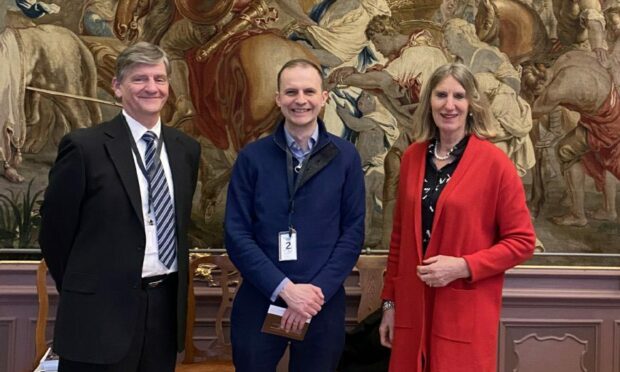
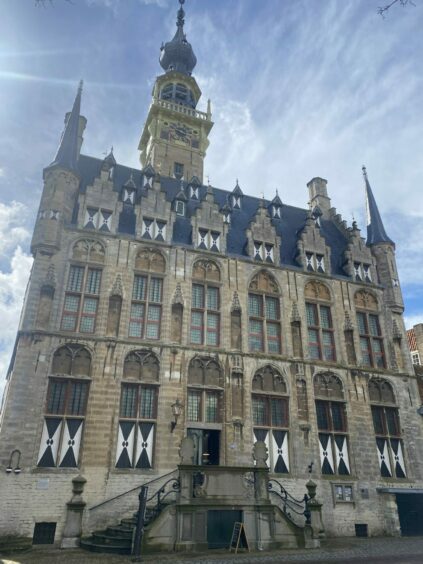


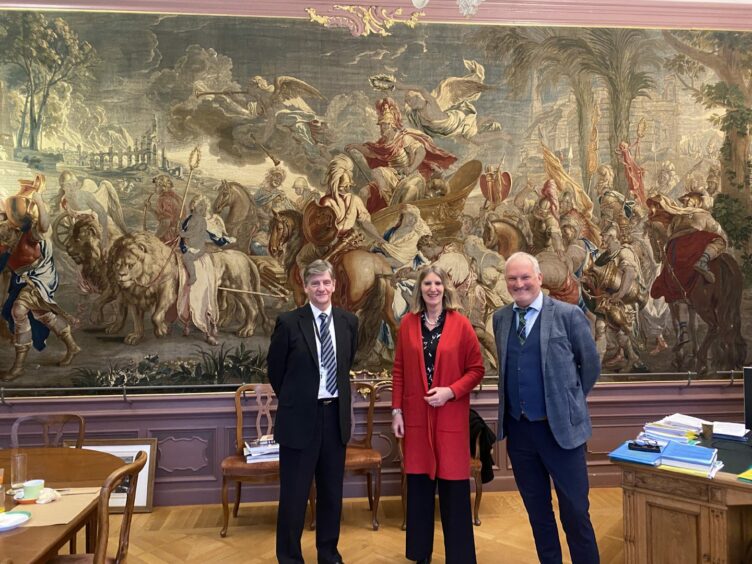



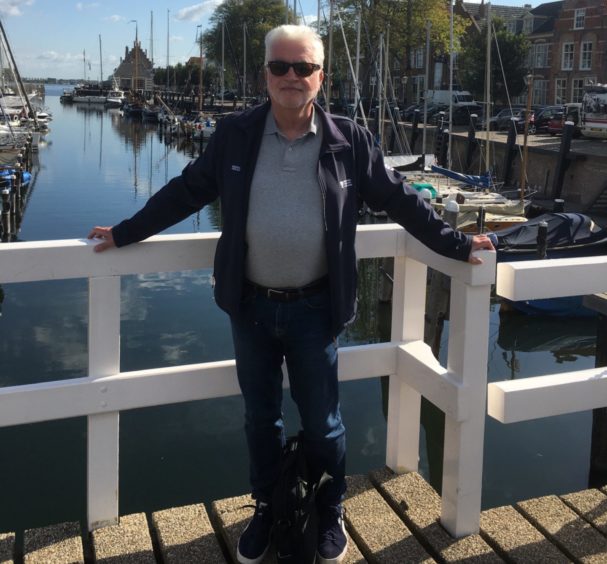

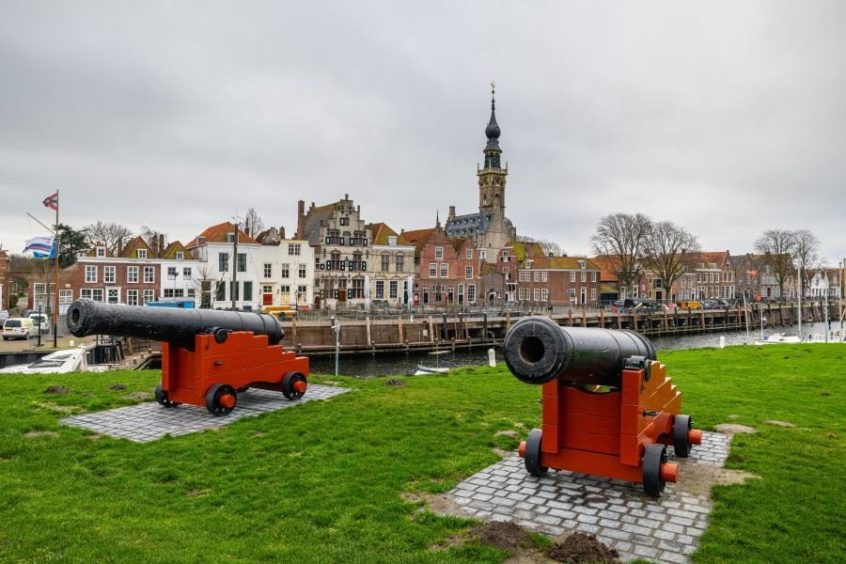










Conversation